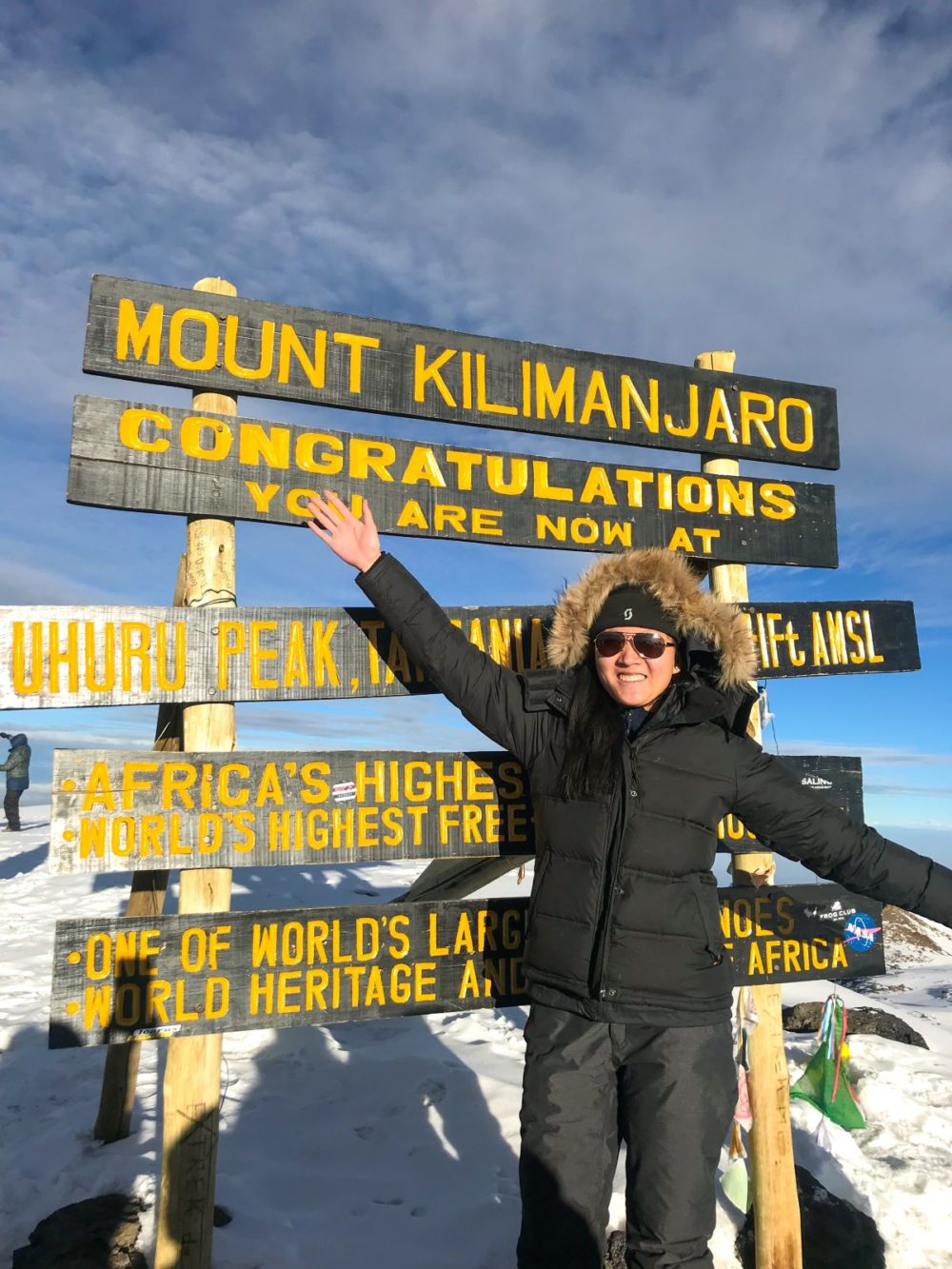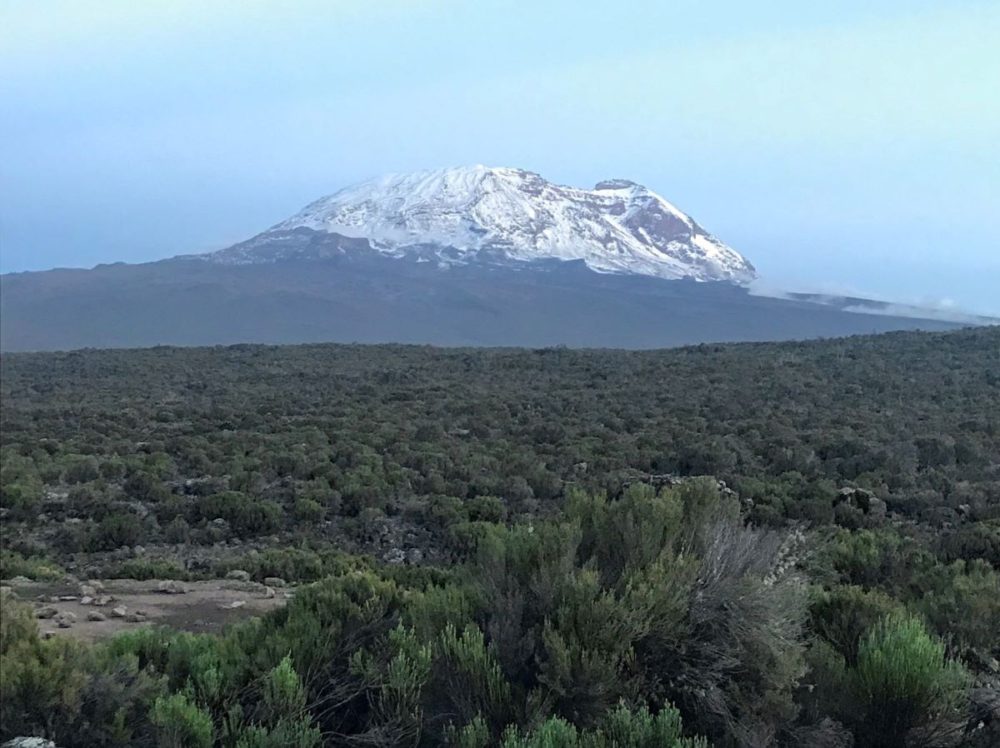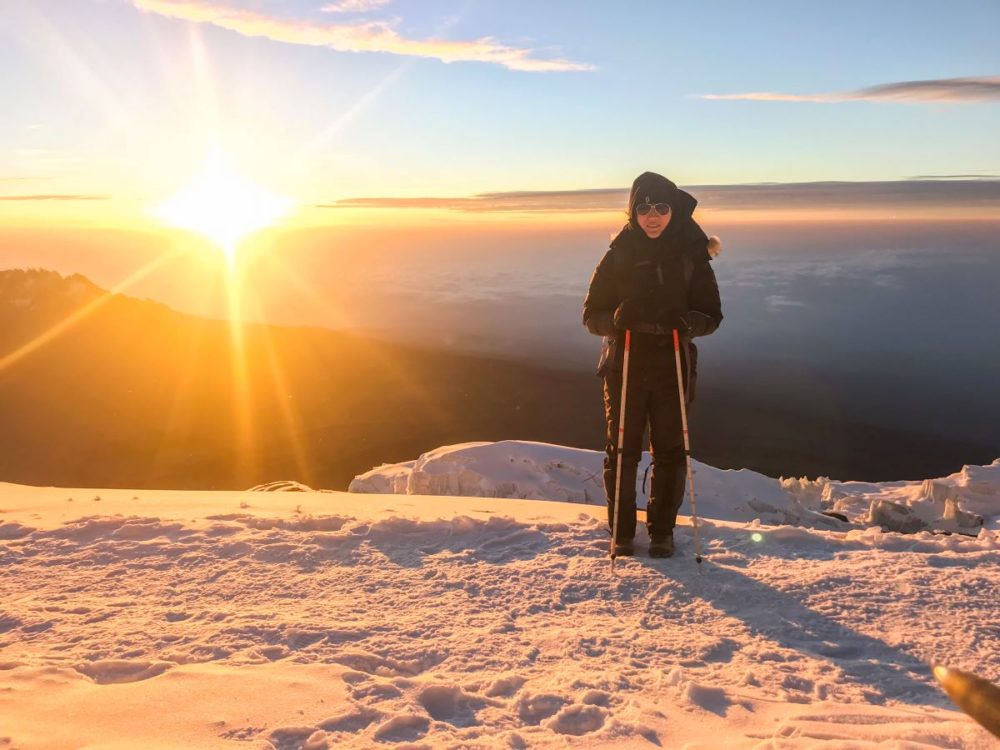
Are you thinking of climbing the tallest free standing mountain in the world? Although it sounds kind of crazy, there’s something so enticing about achieving such a feat. So, like thousand of other people around the world, I signed myself up here and started preparing for the journey. After completing the climb myself, here are 5 things I wish I knew before climbing Mount Kilimanjaro.
Table of Contents
1. How Much Do You Need to Train?
This was my biggest question and my biggest worry. I was terrified that I would spend all this money and time, fly half way across the world and not be able to make it to the top of the mountain simply because I was too lazy to train beforehand. When I googled “How to Train for Climbing Kilimanjaro” I found very conflicting answers. Some websites said you needed to be vigorously working out and others said no training required.
Full disclaimer before I move any further on this – at the time of the climb, I was a 22 year old with no preexisting health conditions, and I am in no way recommending my training as a guide for you. I’m just providing the raw and detailed type of answer I had been looking for.
So, here is how I (barely) trained.
In the 6 months leading up the climb, I was not working out very much. I only went to the gym a few times a month, but for the majority of my life before then I had always been very active. I ran competitively all through high school and I knew that my body responded well and easily to large amounts of physical stress.
The month before I left, I began to panic that I wasn’t doing enough, but to be completely honest at the time I didn’t have the motivation to really push myself. I worked out twice a week, one day on the stair-master and the other at a spin class. I know, pretty pathetic.
Good news though – I made it up the mountain! It was like I had read, a very very long and slow walk. Overall I thought I was pretty well prepared physically, my legs held up and I was most sore in my shoulders from not being used to carry the pack. My knees on the other hand took quite a beating, but I’ll dive into that in item 4. The biggest challenge by far was the mental hurdle on the summit day – I don’t think any at home workout would have prepared me for 7 hours of hiking in the dark in freezing temperatures when you can barely breathe.
Do I wish I had trained more? Yes. I think if I was in a better shape some aspects of the climb would have been easier and more enjoyable, but I don’t think my “lack” of training was at all a deal breaker in summiting the mountain.
2. Kick the Caffeine

When I climbed Kilimanjaro I was finishing up my masters degree in Engineering and to put it bluntly was drinking a LOT of caffeine. During the climb I chose to not drink any coffee because I didn’t want to further dehydrate my body. Overall I think that worked out well, since I struggled most keeping up with hydration. I hadn’t planned it out before, but I had stopped drinking coffee when I started traveling which was a few days before my climb and I developed terrible headaches during those days from the caffeine withdrawal. Thankfully, this happened before climbing Kilimanjaro the mountain because it would have been horrible having a caffeine headache plus altitude headaches as we got higher up.
So if you’re an avid coffee drinker I’d recommend kicking the caffeine at least a week before you go to give your body (and mind) time to adjust before forcing it 19000 ft in the air.
3. Bring Snacks

I’m not sure how I missed this one, but somehow the only food I ended up bringing on the climb was a singular pack of m&ms.
I’ve never been a picky eater and I think at the time I just figured I’d eat whatever was provided. I was completely unaware that one of the side effects of climbing at such high altitudes is loss of appetite – to an extent I had never experienced before. And although the food provided was very fresh and delicious, it was mostly low calorie high volume meals like soup, porridge and salad. I found that on certain days my exhaustion was simply because I was hiking all day and eating less than when I spend a day lounging on the couch.
These are the types of snacks I wish I had with me and recommend bringing.
- Trail Mix
- Energy Bars
- Energy Gels/Gummies – I used to eat these during long distance runs, these would have been amazing on summit night
- Sweet Treat
Remember – you, or your porter, will be carrying these, so don’t overdo it. Just enough so that you can have an extra pick me up each day.
4. Pack Biofreeze

I can confidently say I 100% prefer going hiking up than down. On the way up I had the typical shortness of breath and fatigued muscles, but I was ready and mentally prepared for that. I did not prepare for the toll going downhill would have specifically on my knees. By the time I got to the final camp after summit day I felt like an 80 year old man as I hobbled along to my tent. Thankfully my tour guides had biofreeze that I generously spayed on all my joints. This saved my last day of the hike, which otherwise would have been painfully miserable.
The following night and day back at the hotel, I found myself struggling to get up the small flight of stairs up to my room. Definitely wished I had packed my own can of this.
5. Hand Warmers Are Worth It
The mountain has a mind of its own. One minute it’s warm and sunny and the next it’s cold and sleeting. One consistency though was that the nights were always cold. I remember pulling out my down coat on the first night thinking crap if this is the “warmest” night of the trip I’m screwed.
So, in addition to my nightly routine of putting on almost all the clothing I had brought with me, I was super thankful to also stuff hand warmers into my pockets and socks. The disposable ones are small and lightweight and were a much appreciated treat at the end of the day.
Climbing Kilimanjaro was one of the most incredible adventures. I hope these tips help you on your journey!
-Kira
Looking for more more adventures? Click here for more travel tips and guides!

